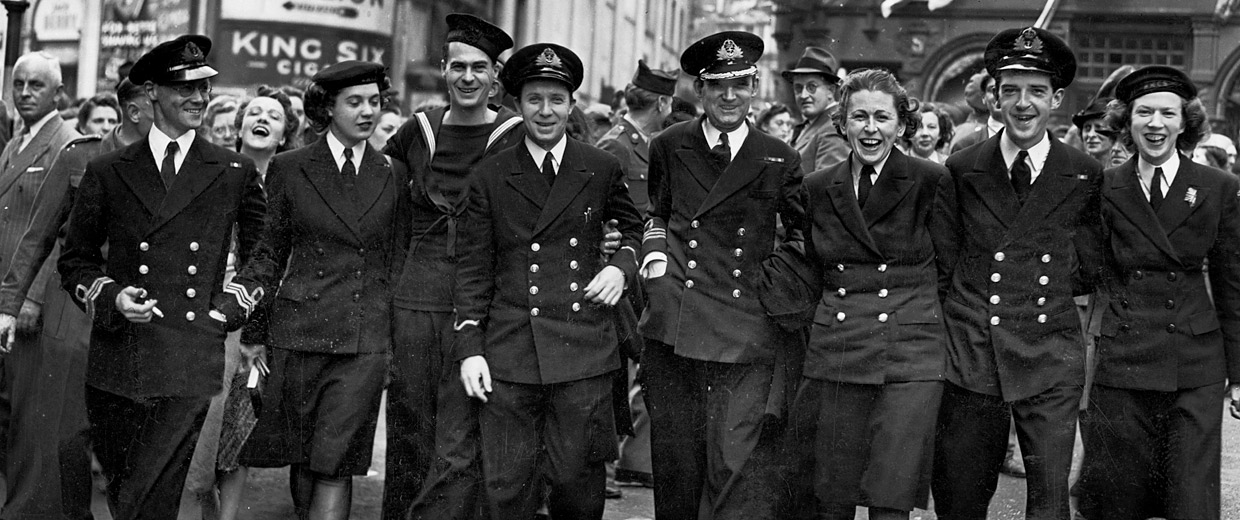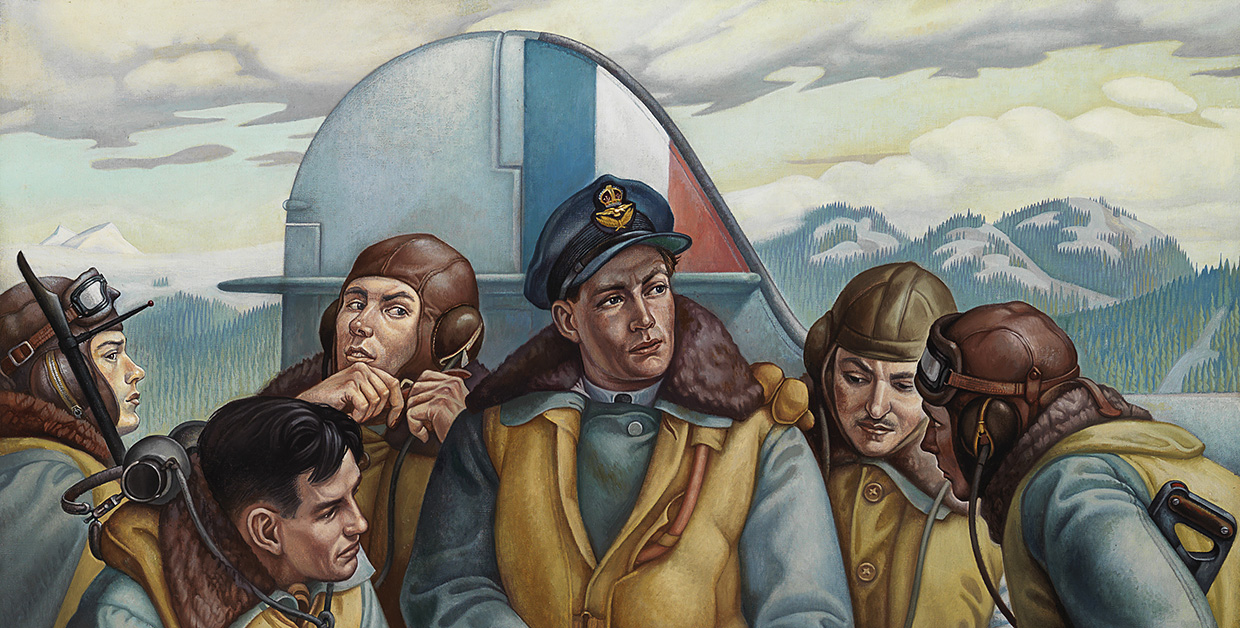Filter by:
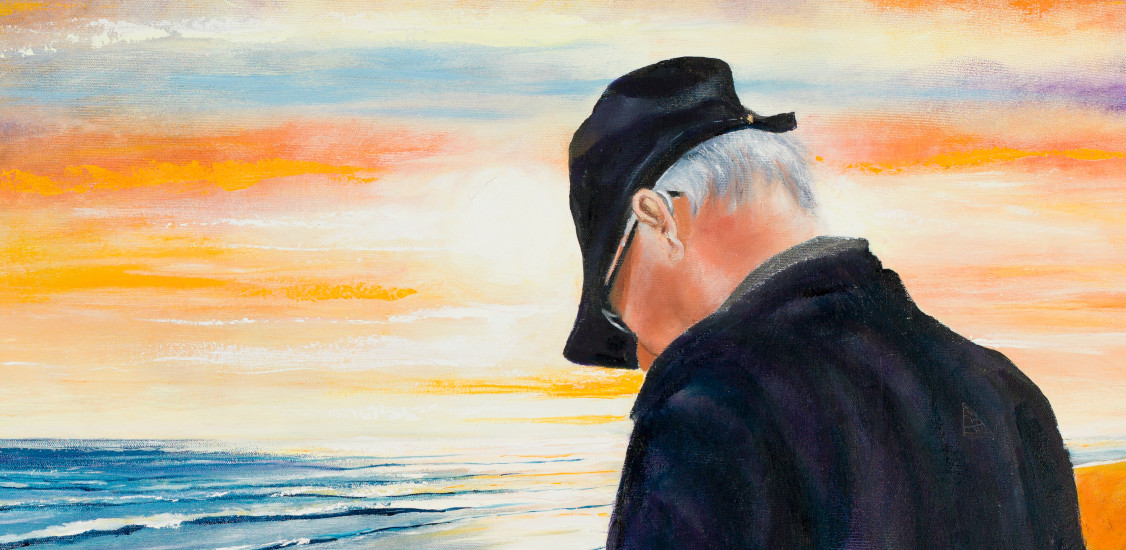
Collections,
Our research
War pilgrimages: Travel and remembrance as self-transformation
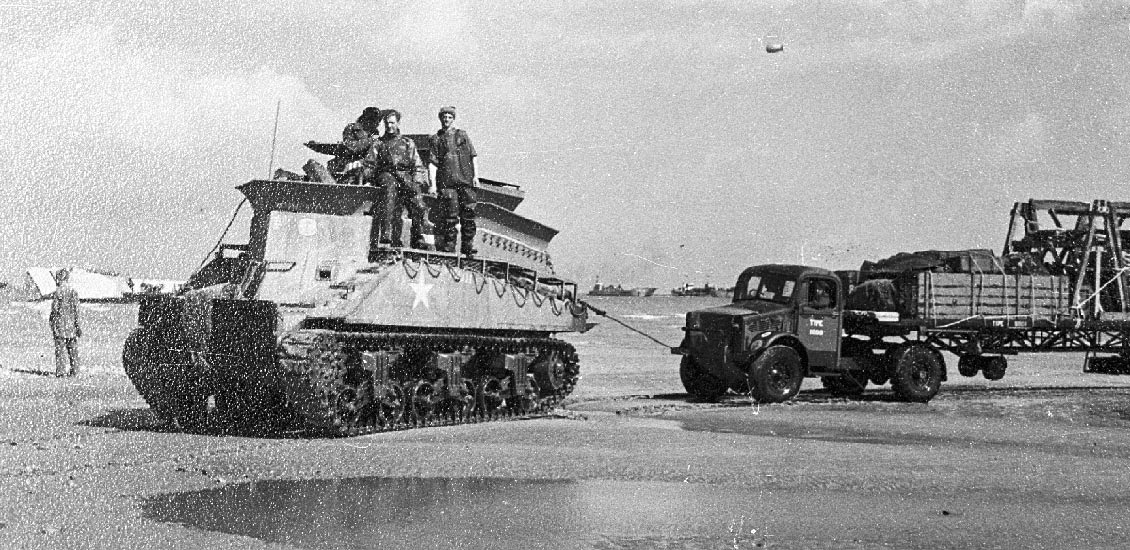
Kudos!,
Acquisitions
A rare acquisition thanks to donor support
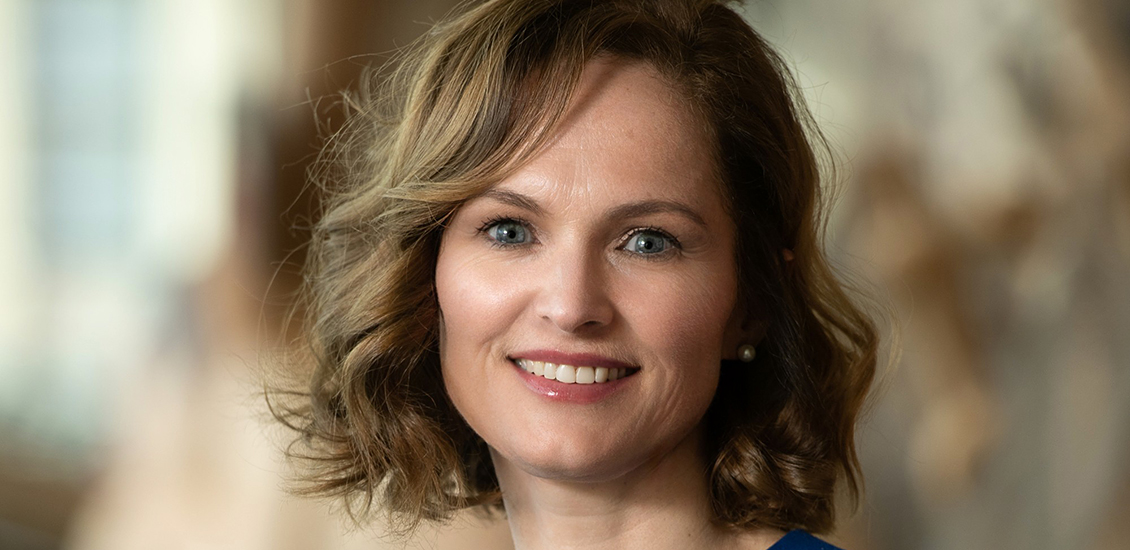
Kudos!
CEO Corner: Dare to inspire tomorrow’s history
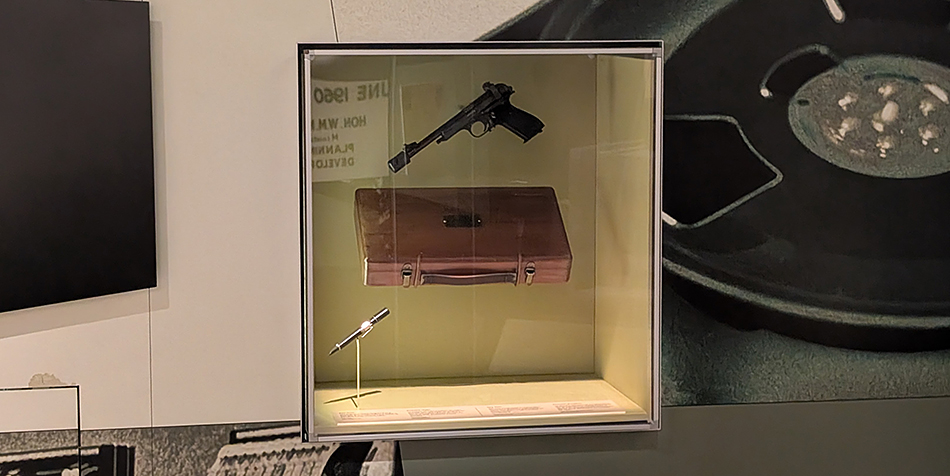
Kudos!,
Behind the scenes
Sharing history through objects
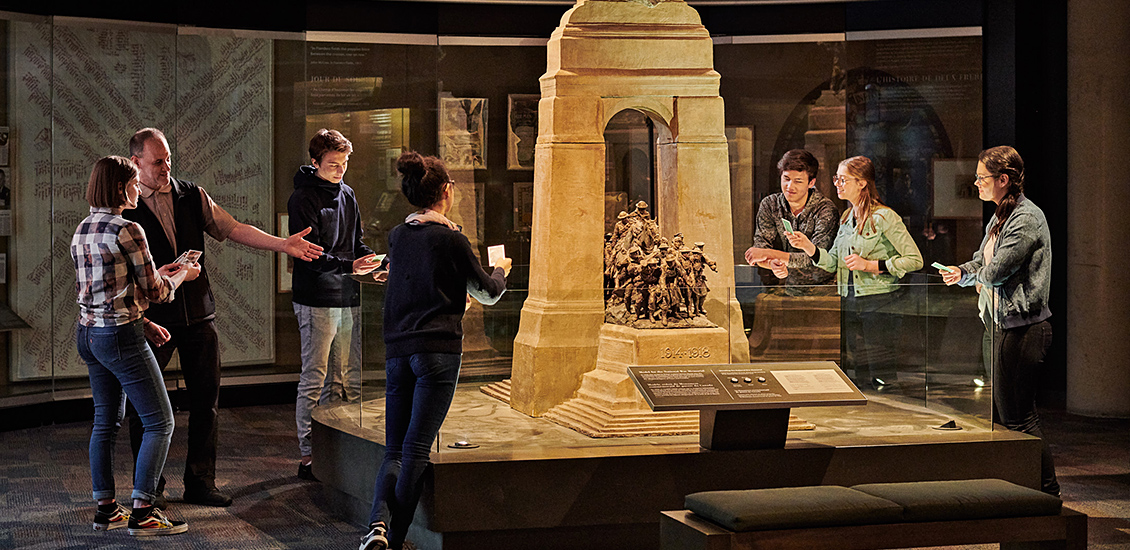
Kudos!
Leaving a Legacy
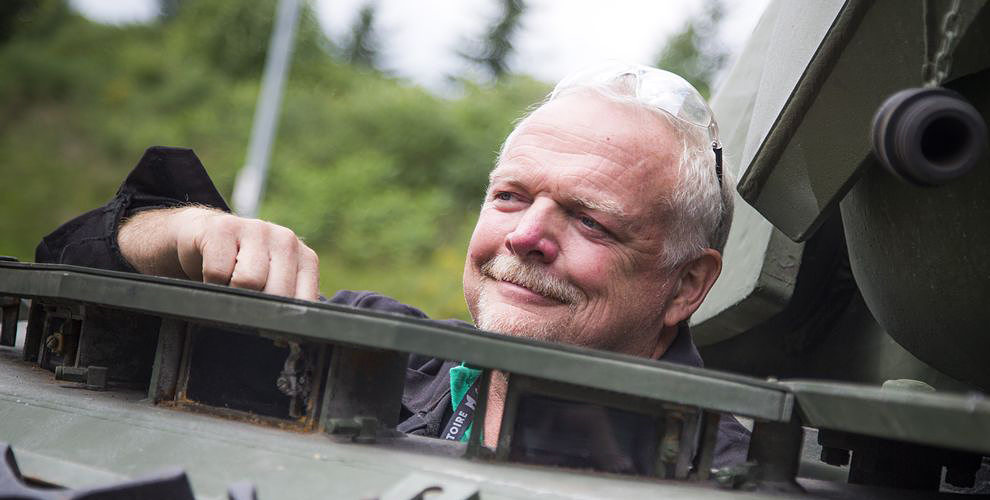
Kudos!,
Behind the scenes
In Conversation With Mike Miller
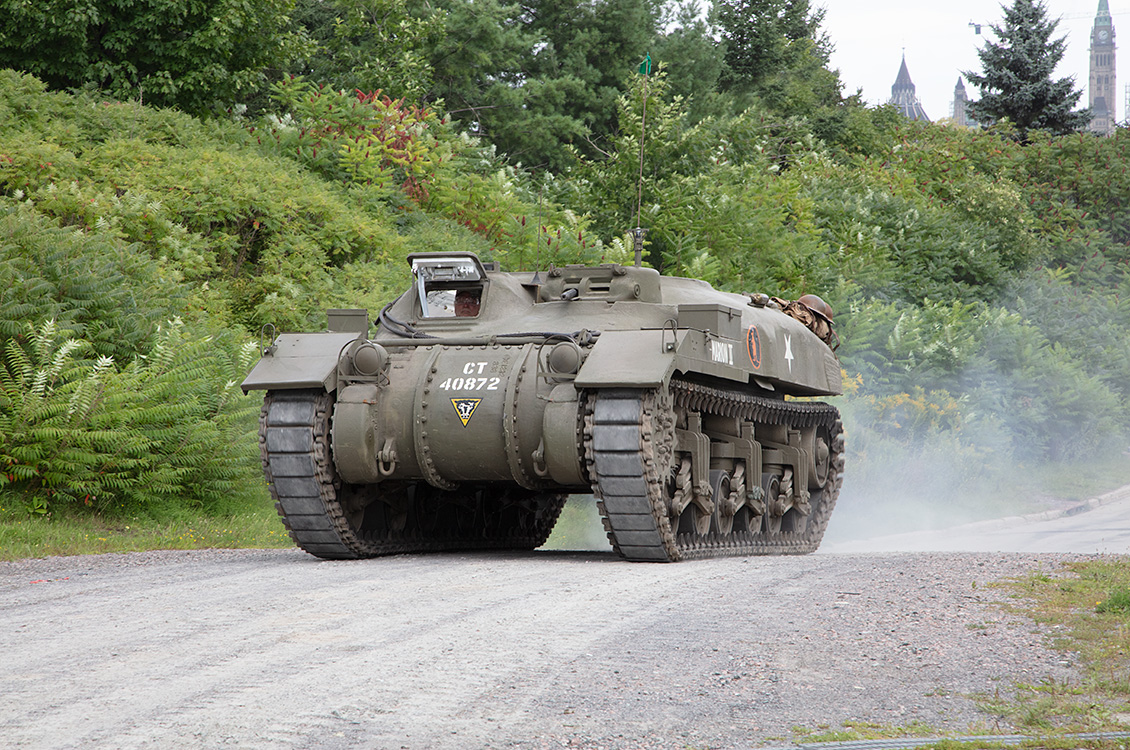
Collections,
Second World War
Canadian War Museum Vehicle Collection
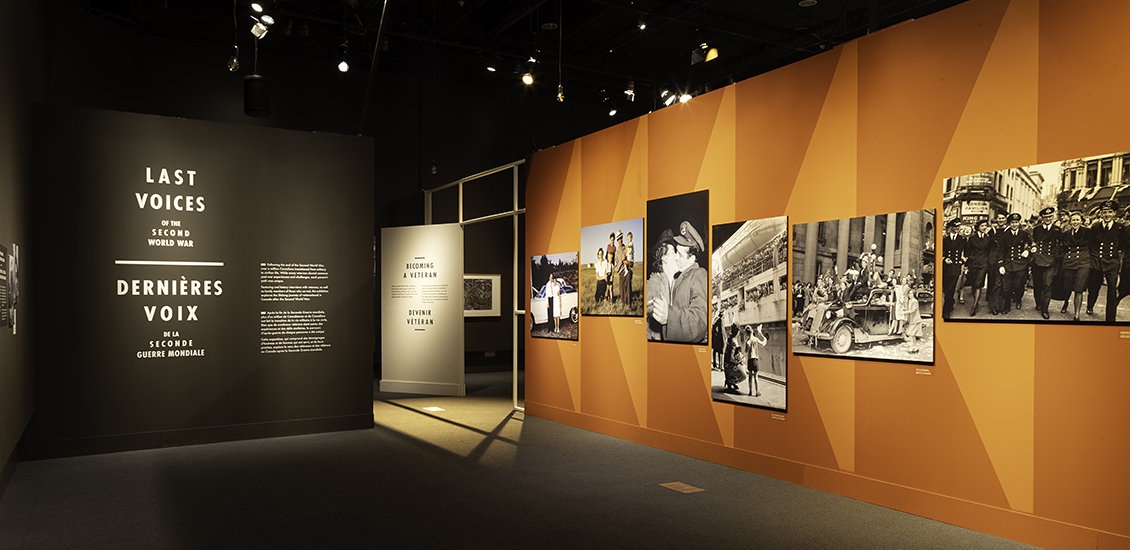
Kudos!
Sharing the Voices of Those Who Served and Survived
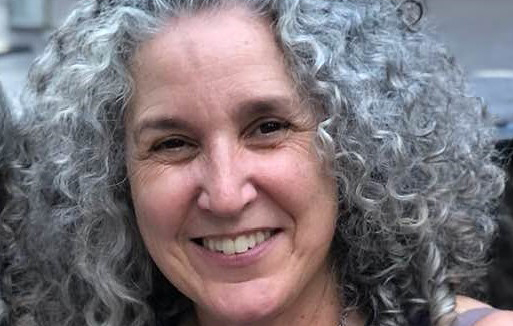
Kudos!,
Behind the scenes
In Conversation With Francine Lapointe
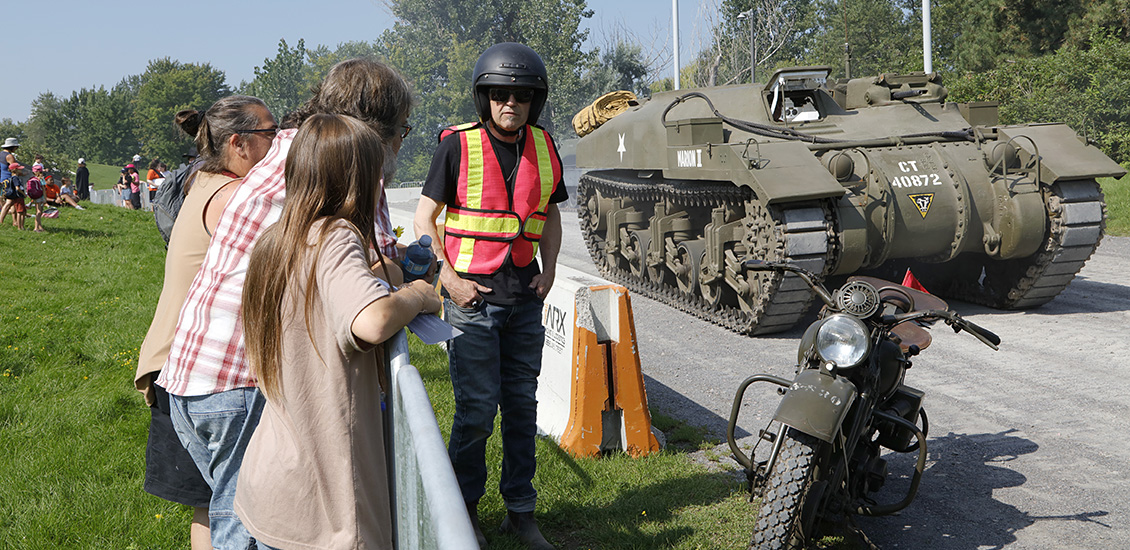
Kudos!
Donors Power Restoration of Military Vehicles
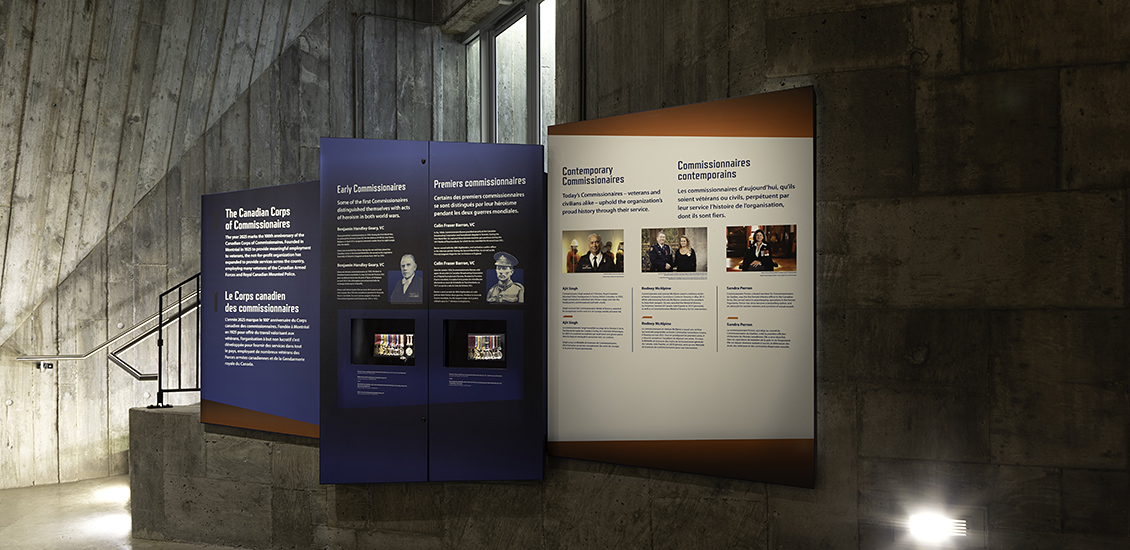
Kudos!
Marking 100 Years of Service to Canada
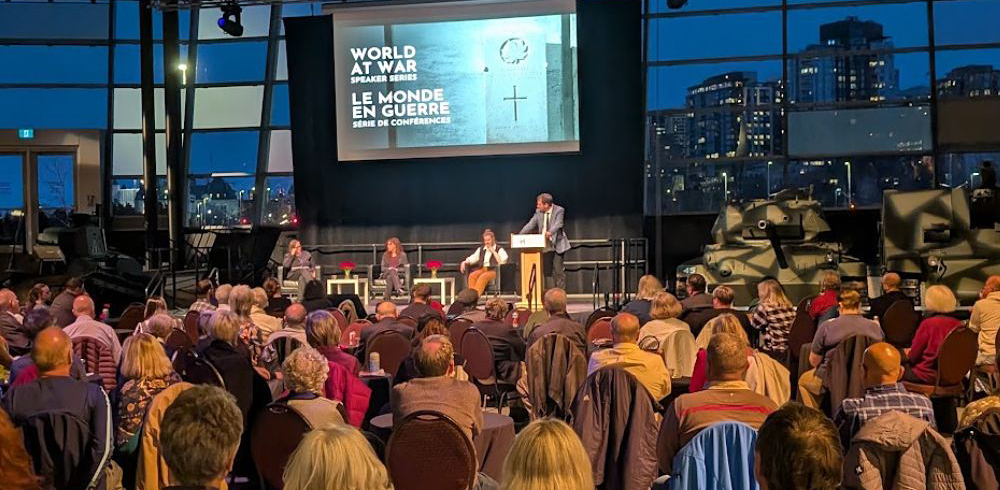
Kudos!
